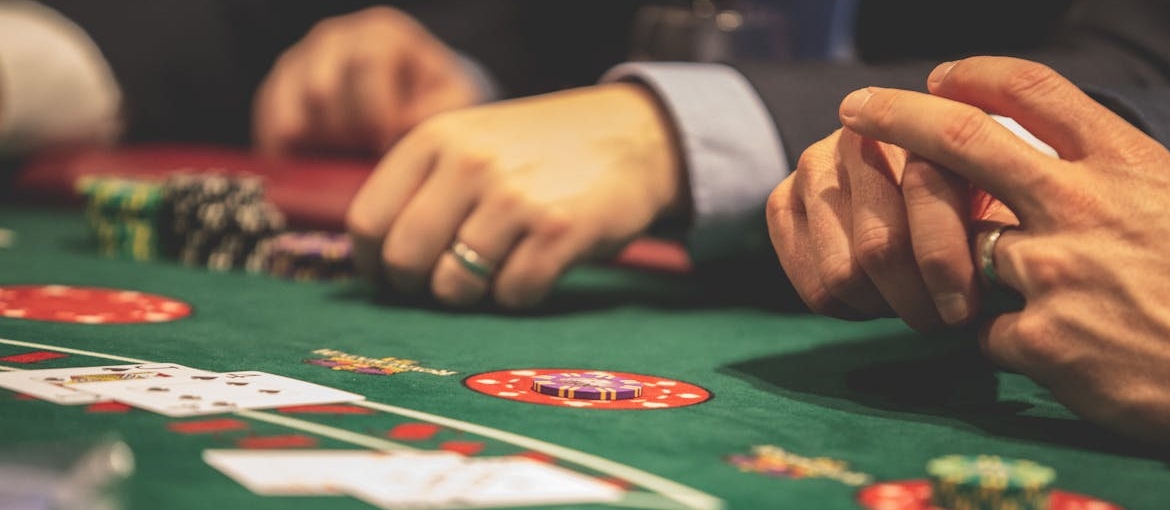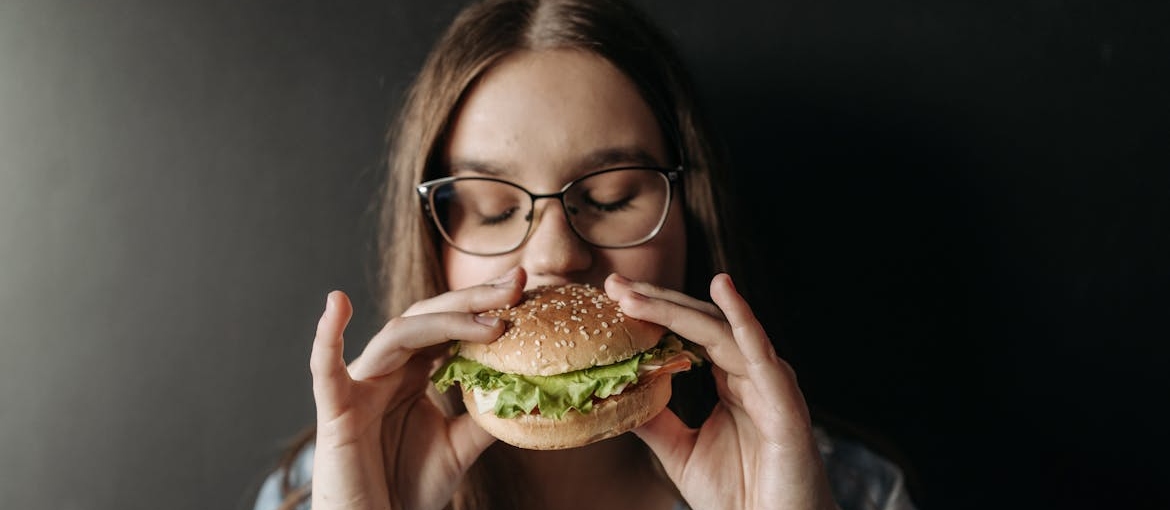Imagine feeling an intense desire, one that seems to take over your thoughts completely. This feeling, known as a craving, is more than just a strong want. It’s a powerful drive that can influence behavior in significant ways. Cravings play a pivotal role in our lives, especially when it comes to food, activities, or substances. Cravings meaning can differ based on context, but they often reflect a strong desire linked to the brain’s reward system. But have you ever wondered what happens in your brain to cause these intense desires? This article explains the neuroscience behind cravings, shedding light on the brain’s complex mechanisms that fuel these urges. Understanding these processes helps develop effective addiction treatment strategies. By exploring how cravings work from a neurological perspective, we can uncover insights that are crucial for those on the path to recovery.
The Brain’s Reward System and the Neuroscience Behind Cravings
At the core of every craving lies the brain’s reward system. It is an intricate network that reinforces behaviors that enhance survival and overall well-being. This system generates feelings of pleasure for activities that have historically aided our survival, like eating and socializing. Its role in cravings is crucial, as it drives us toward actions we find rewarding.

But what is the neuroscience behind cravings, and how can this knowledge guide addiction treatment? The neurobiology of cravings reveals the brain mechanisms of cravings, offering essential insights for overcoming addiction recovery challenges. It helps us understand why we’re drawn to certain actions, allowing us to develop therapy plans and manage cravings more effectively.
Evolution of the Reward System
Centuries ago, the brain’s reward system developed as a crucial survival tool, motivating our ancestors to pursue vital resources such as food and water. This intricate system employs neurotransmitters like dopamine to signal pleasure, thus rewarding behaviors that boost survival chances.
In the modern context, rehab centers in West Virginia highlight the relevance of this ancient mechanism. It helps guide you to understand how this primal wiring influences addiction today. Gaining insights into the evolution of the reward system sheds light on its significant impact on our actions, emphasizing the need to tailor recovery efforts to work harmoniously with our brain’s natural reward-seeking tendencies.
Hijacking by Non-Essential Rewards
The brain’s reward system rewards vital activities like eating and socializing to ensure our survival. However, non-essential rewards can hijack this system. Substances like alcohol and nicotine, along with behaviors such as gambling or excessive social media use, exploit it. These activities release dopamine, a pleasure neurotransmitter, more intensely than natural rewards. Consequently, the brain starts valuing these intense, artificial rewards over essential activities.

For example, the immediate dopamine boost from sugary foods or the high from drugs seems more appealing than healthier behaviors. This pattern is especially common in cravings food triggers, where emotional eating often replaces natural hunger. This phenomenon is central to understanding cravings. The brain shifts its priority to these non-essential, often harmful rewards, creating an addiction cycle. Overcoming addiction involves retraining the brain to appreciate the natural rewards of healthy behaviors. This process demands time, patience, and sometimes professional help.
Neurotransmitters Involved in Cravings and Neuroscience Behind Cravings
Neurotransmitters are crucial in shaping and maintaining our cravings. The two most prominent ones are:
- Dopamine, often referred to as the “feel-good” neurotransmitter, plays a key role in the reward system, encouraging behaviors by creating pleasure.
- Serotonin, also vital, helps regulate our mood and overall sense of well-being.
Changes in the levels of these neurotransmitters can deeply affect our cravings. For instance, a drop in serotonin is commonly associated with a stronger desire for carbohydrates because eating them can temporarily elevate serotonin levels, improving our mood.
Psychological and Environmental Triggers
Cravings go beyond just chemical reactions. Psychological and environmental factors also shape them. Stress, emotional cues, and particular situations can significantly intensify cravings. For those in recovery, it’s vital to identify and manage these triggers. Facilities like alcohol rehab WV offer a nurturing setting where you learn coping mechanisms to deal with these triggers effectively. You learn mindfulness, how to manage stress and ways to sidestep triggers, which help diminish the intensity of cravings. This kind of support is invaluable for sustainable recovery, providing you with the means to deal with the intricate relationship between environmental and psychological factors that affect cravings.
Which Hormone Causes Cravings?
Hormones, too, have a critical role in the emergence of cravings, with leptin and ghrelin at the forefront. Leptin, the satiety hormone, informs the brain when we have sufficient energy, reducing our appetite. In contrast, ghrelin, known as the hunger hormone, triggers the appetite, making us crave food. An imbalance in these hormones can amplify cravings and pose challenges in maintaining a balanced diet or overcoming addiction.
This all-encompassing approach aids you in recovery by tackling the physiological bases of cravings, enhancing overall health, and minimizing the risk of relapse.

Understanding the roles that neurotransmitters, psychological and environmental triggers, and hormones have in cravings is pivotal for anyone seeking to manage or conquer them.
The Role of Memory and Learning in Cravings
Memory and learning play crucial roles in the development and persistence of cravings. Our past experiences, especially those that involve pleasure or relief from discomfort, are stored in the brain. Over time, these memories can trigger cravings when we encounter similar situations or emotions. For example, if you have experienced comfort from eating chocolate during stressful times, just feeling stressed can trigger a craving for chocolate. This link between past experience and current desire shows how powerful and lasting these memory associations can be.
Individual Susceptibility to Cravings
The degree to which you experience cravings can significantly vary, influenced by a blend of genetic, psychological, and environmental factors. This diversity in susceptibility highlights the neuroscience behind cravings and how personalized approaches are essential in managing them. To address cravings effectively, we must ask: what is the root cause of cravings:
- Genetic predisposition: For instance, certain genetic markers have been linked to an increased risk of substance dependence, suggesting that for some, the battle against cravings begins in their DNA. This genetic aspect can explain why cravings hit harder for some individuals than others, making the journey toward overcoming them uniquely challenging.
- Psychological makeup: Similarly, a person’s psychological framework plays a crucial role. People with higher resilience to stress might find it easier to resist cravings, while those who struggle with emotional regulation may seek comfort in food, drugs, or other addictive behaviors. For example, someone prone to anxiety might crave cigarettes more intensely as a form of self-medication.
- Environmental influences: The settings we inhabit and the company we keep can significantly impact our craving triggers. Someone living in a community with high substance use might find it more challenging to avoid cravings due to constant exposure. Conversely, people in supportive, health-oriented environments might encounter fewer triggers. This highlights the role of environmental factors in addiction and how surroundings can either support or undermine recovery efforts.
These elements intricately weave together, shaping our experiences with cravings in a way that’s deeply personal.
Strategies for Managing Cravings
Managing cravings effectively demands a mix of strategies and strong support networks. Here, group therapy for addiction shines as a cornerstone in this journey. This type of therapy offers a forum for individuals to share their experiences and strategies while drawing strength from the collective support of their peers.
Individual therapy for addiction is also helpful. Working with a therapist one-on-one is a necessary step for many people, and for some, it is also a better approach.
Here are some tailored approaches:
- Mindfulness and awareness: Taking a moment to recognize and sit with a craving without rushing to act on it can significantly lessen its hold. This approach fosters a deeper understanding of one’s triggers and responses.
- Distraction: Redirecting your focus to a different activity. Whether it’s going for a walk, reading a book, or engaging in a hobby, it can help shift your attention away from the craving and reduce its intensity.
- Replacement: Substituting the object of your craving with a healthier alternative can fulfill the desire without the negative consequences. For instance, reaching for a piece of fruit instead of sugary snacks or engaging in exercise instead of reaching for a cigarette.
- Support systems: Building a network of friends and family or joining support groups can offer the emotional backing and motivation needed to navigate through moments of weakness. These communities act as a reminder that you’re not alone in your struggle.
Once you join drug rehab in WV, your treatment plan should include all of these aspects. A comprehensive approach to addiction treatment that includes therapy, medication, and holistic approaches is the best way to healing.
The Neuroscience Behind Cravings
The science of Cravings explores the mechanisms within our brains and bodies that trigger these intense desires. It examines not just the biological underpinnings but also the psychological factors that contribute to cravings. This comprehensive look offers detailed insights into why we crave what we do and how we can manage these urges effectively.

What Happens in the Brain During a Craving?
During a craving, our brain becomes a hive of activity, focusing on the object of desire. Neurotransmitters like dopamine signal a sense of anticipation and reward. Regions such as the amygdala and prefrontal cortex, which are involved in emotional processing and decision-making, also become activated. This combination creates a powerful urge to satisfy the craving, overriding other considerations.
What Is the Physiology Behind Cravings?
Cravings stem from intricate physical and chemical activities in our brains. This activity answers the question: what is the biological basis of craving? When we crave something, it signals our brain’s demand for a substance or action linked to pleasure or alleviation of discomfort. This demand triggers the release of neurotransmitters like dopamine, which stimulates the brain’s reward pathways, creating a compelling urge for the craved item or activity.

On the other hand, we also need to understand how our feelings, experiences, and surroundings influence these urges. Emotional states, stress, and even social contexts can intensify our cravings, making them more potent or harder to resist. Understanding both the physical underpinnings and emotional drivers behind cravings is essential for anyone aiming to tackle them effectively.
Types and Triggers of Cravings
Cravings can be sparked by a myriad of triggers, varying widely from one individual to another. Common triggers include:
- stress, which can lead to comfort eating;
- environmental cues, like seeing or smelling food;
- emotional states, such as feeling sad or lonely, prompting the desire for a quick mood boost;
- and physical factors, like hunger or nutrient deficiencies, which can trigger a specific food craving.
Additionally, habitual triggers, such as having a cigarette with coffee, can create strong associations that fuel cravings.
What Are the 3 Types of Cravings?
Cravings can be categorized into three main types: physical, emotional, and psychological, each with its unique characteristics and triggers.
- Physical cravings:
- Hunger for specific foods
- Cravings due to withdrawal from substances
- Need for sleep or rest
- Emotional cravings:
- Eating for comfort during stress or sadness
- Desire for substances to relieve boredom or loneliness
- Psychological cravings:
- Cravings triggered by habits (e.g., smoking after meals)
- Wanting something as a reward
Addressing these diverse types of cravings often requires a comprehensive approach. Besides different types of therapy, family therapy for addiction can also play a crucial role. This therapy helps to understand and work through the emotional and psychological aspects of cravings within the context of family dynamics and support.

Unraveling the Complex Web of Cravings
Understanding cravings is like piecing together a puzzle that involves our brain’s workings, our feelings, and the world around us. Learning about the neuroscience behind cravings is key for anyone wanting to get better. It helps us see why we feel such strong desires for certain things, whether it’s food, activities, or substances. Knowing about the different kinds of cravings and what causes them shows us how important it is to look at the whole picture when dealing with addiction. If you’re looking for help, remember that the state of West Virginia works on solving the addiction crisis. Here, you’ll find many resources and people ready to support you on your journey to recovery. Contact us today to learn how we can help if you or someone you care about is struggling with addiction.



